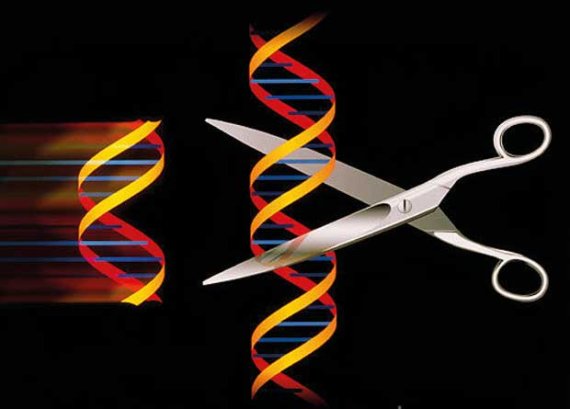The production processes involved are cheap and in many cases sustainable. But these bacteria were not of course designed for our convenience but formed by natural selection. So they can be made even more efficient for our purposes. One method that does not seem an obvious choice, however, is randomly removing pieces of DNA. Yet that is exactly what Wageningen microbiologists did with the Pseudomonas putida bacterium. And successfully, too. The bacterium turned out to be perfectly able to manage without 7 percent of its genetic material. The researchers will be publishing an article on their technique in a forthcoming edition of Environmental Microbiology. ‘Bacteria can easily do without many genes because they are not essential or only under specific circumstances’, says Audrey Leprince, researcher at the Laboratory of Systems and Synthetic Biology. ‘A reduced genome of this kind makes the bacterium more stable, more predictable and more efficient.’ The perfect ‘chassis’ for designing an industrially serviceable bacterium.
Fast and cheap
Leprince streamlined the genome by removing parts of it at random. To do this she first introduced a target sequence in two randomly selected places. Then she forced the bacterium to make a recombination enzyme that cuts the DNA in the target sequences and glues the loose ends together. As long as no essential gene is missing, the bacterium survives. Leprince then identified the genes that had been removed and started on another round of reduction. ‘Of course, the big question is: how far can we go?’ says Leprince. She does the sums: there are about 5,400 genes in the bacterium. Of these, about 1,500 are essential and then there are some genes related to growing conditions. ‘Ultimately, I think we can wipe out at least half of the genome. Why not?’ The advantage of the method is its speed and relatively low cost. Other methods demand prior knowledge of the sequence in order to remove specific pieces of it. Leprince thinks her method can therefore be used straightaway in other bacteria. What is more, it helps scientists gain insight into the way the bacterium works. After all, it reveals which genes are essential and when.

